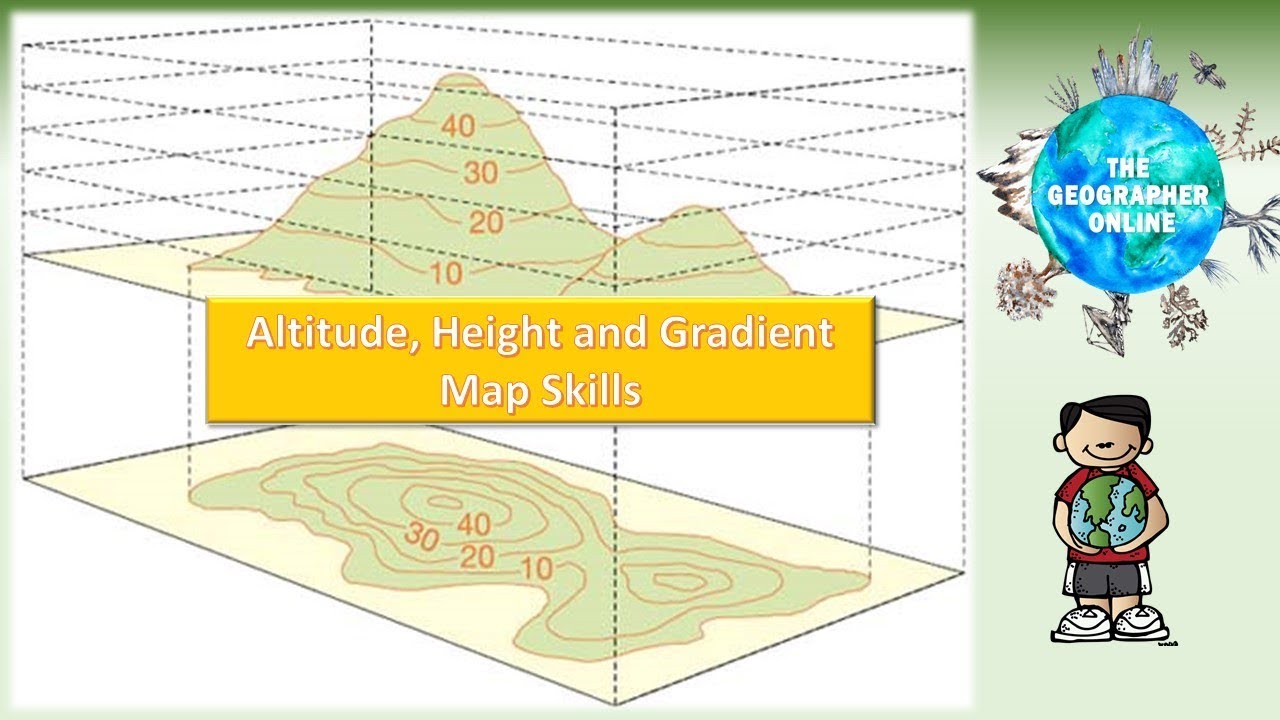Rhode Island: Understanding its Height and Altitude
Rhode Island, the smallest state in the United States, possesses a unique geographical makeup that contributes to its distinct altitude. This article aims to delve into the height and altitude of Rhode Island, exploring the various factors that influence it and the significance it holds for the state.
The Geographical Features of Rhode Island
Rhode Island, situated in the New England region of the United States, boasts diverse geographical features. The state encompasses an area of approximately 1,214 square miles, making it the smallest state in terms of land area. It is characterized by a varied topography, including rolling hills, valleys, coastal plains, and numerous islands. These features play a crucial role in determining Rhode Island’s overall altitude.
Exploring the Elevation of Rhode Island
Rhode Island’s average elevation stands at around 200 feet above sea level. However, the state’s altitude varies significantly across different regions. The western part of the state tends to have higher elevations, with hills and mountains reaching heights of over 800 feet. On the other hand, the eastern coastal areas are relatively lower, with elevations ranging from sea level to around 50 feet.
Unveiling Rhode Island’s Altitude Statistics
When examining the specific altitude statistics, Rhode Island’s highest point is Jerimoth Hill, located in Foster. It reaches an elevation of 812 feet, making it the state’s pinnacle. Conversely, the lowest point in Rhode Island resides along the Atlantic coast, where the sea level marks the minimum altitude.
Factors Influencing the Height of Rhode Island
Several factors contribute to Rhode Island’s height and altitude. The state’s glacial history plays a significant role in shaping its topography. During the last Ice Age, glaciers carved out valleys and formed hills, influencing the overall elevation. Additionally, plate tectonics and geological processes, such as faulting and erosion, have also impacted Rhode Island’s height.
How Does Rhode Island Compare to Other States?
In comparison to other states, Rhode Island holds the distinction of being the state with the smallest average elevation. While it may lack towering peaks and substantial altitude variations, this does not diminish its significance or unique geographical makeup.
The Highest Point in Rhode Island
Jerimoth Hill, located in Foster, proudly claims the title of the highest point in Rhode Island. Its peak, standing at 812 feet above sea level, offers panoramic views of the surrounding landscape. Despite its modest elevation, Jerimoth Hill holds a special place in the hearts of locals and visitors alike.
The Lowest Point in Rhode Island
Rhode Island’s lowest point resides along its picturesque Atlantic coast. With the sea level marking the minimum altitude, the shoreline showcases the state’s connection with the vast ocean. This low-lying coastal region provides a stark contrast to the higher elevations found inland.
Rhode Island’s Altitude: A Historical Perspective
Throughout history, Rhode Island’s altitude has played a vital role in shaping the state’s development. The hilly and rugged terrain presented both challenges and opportunities for early settlers. It influenced settlement patterns, agriculture, and transportation routes, ultimately contributing to the state’s unique cultural and economic landscape.
The Impact of Rhode Island’s Altitude on Climate
Rhode Island’s altitude plays a significant role in its climate. The state’s elevated regions experience cooler temperatures and more precipitation compared to the coastal areas. This variation in altitude contributes to microclimates within the state, influencing weather patterns, vegetation distribution, and agricultural practices.
Rhode Island’s Altitude and its Significance
Despite its relatively small size and modest altitude, Rhode Island’s height holds immense significance. It not only impacts the state’s climate, but also influences land use, geological formations, and biodiversity. The varied altitudes within Rhode Island contribute to a rich and diverse natural environment, making it a cherished destination for outdoor enthusiasts and nature lovers.
Future Prospects: Changes in Rhode Island’s Altitude
As the world faces the challenges of climate change, Rhode Island’s altitude may experience subtle shifts in the future. Rising sea levels and increased storm activity could impact the state’s coastal regions, potentially altering the overall altitude profile. It becomes crucial for researchers and policymakers to monitor these changes and develop strategies to mitigate potential risks while preserving the unique geographical features of Rhode Island.





